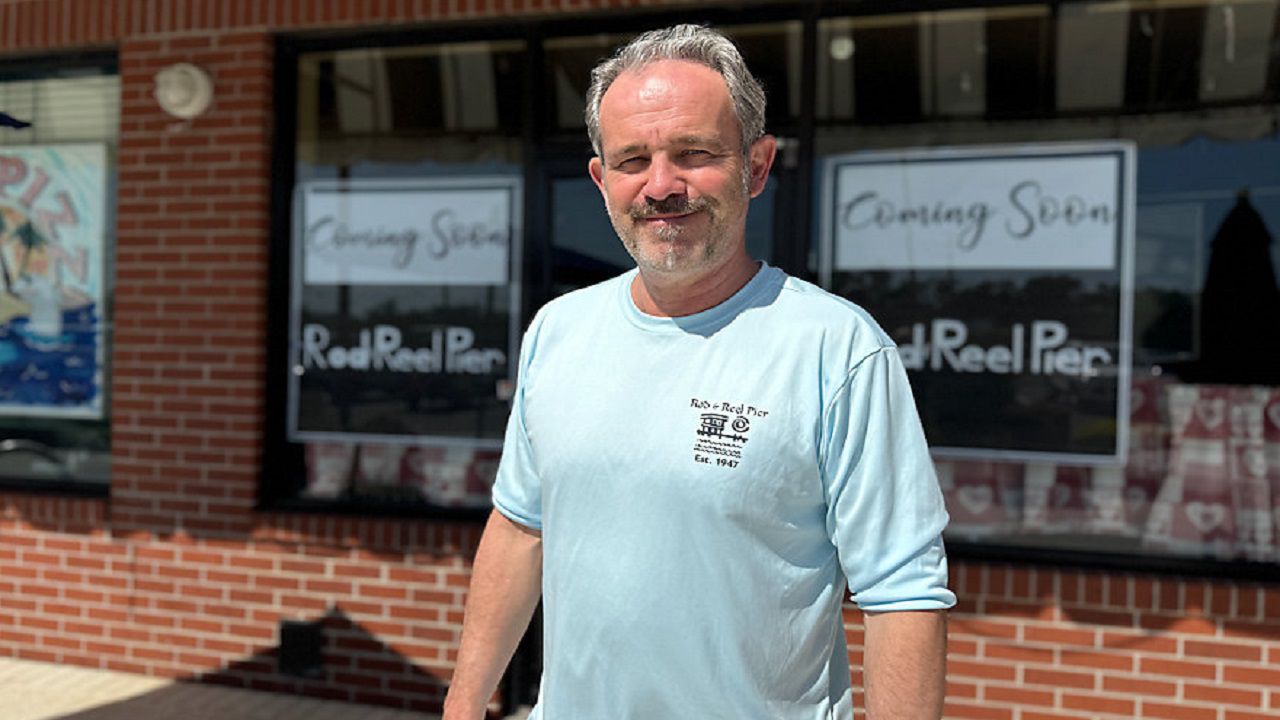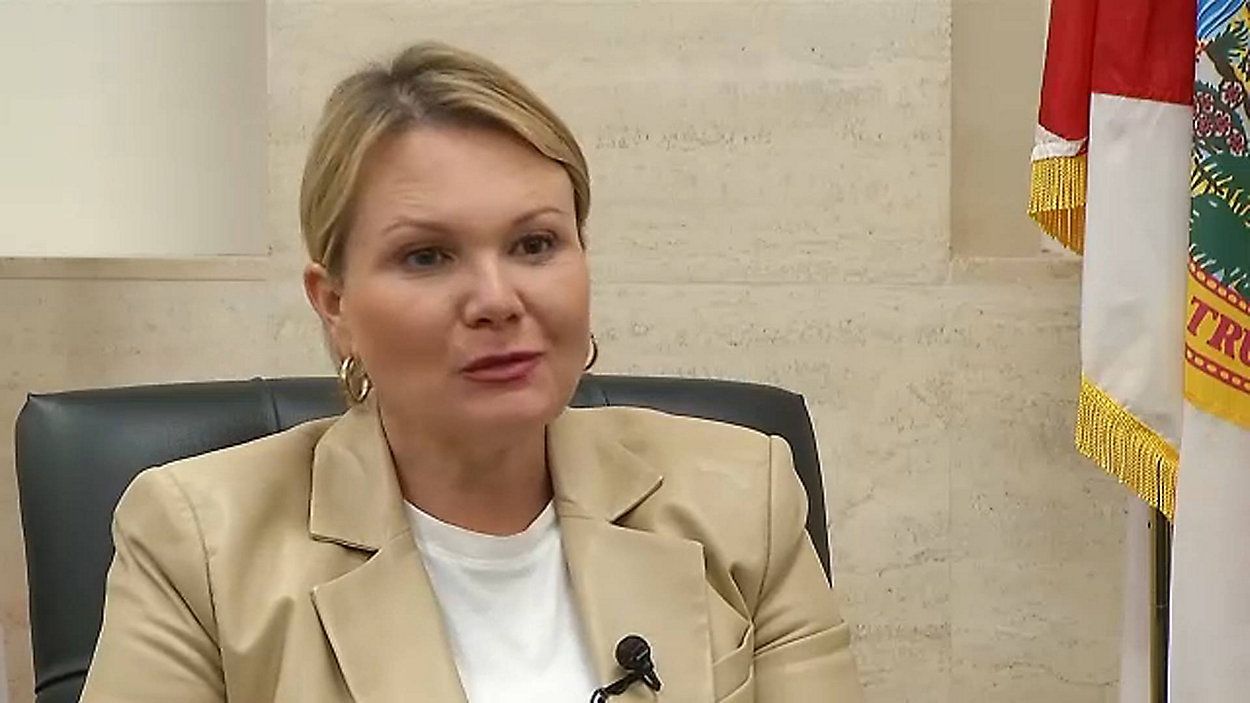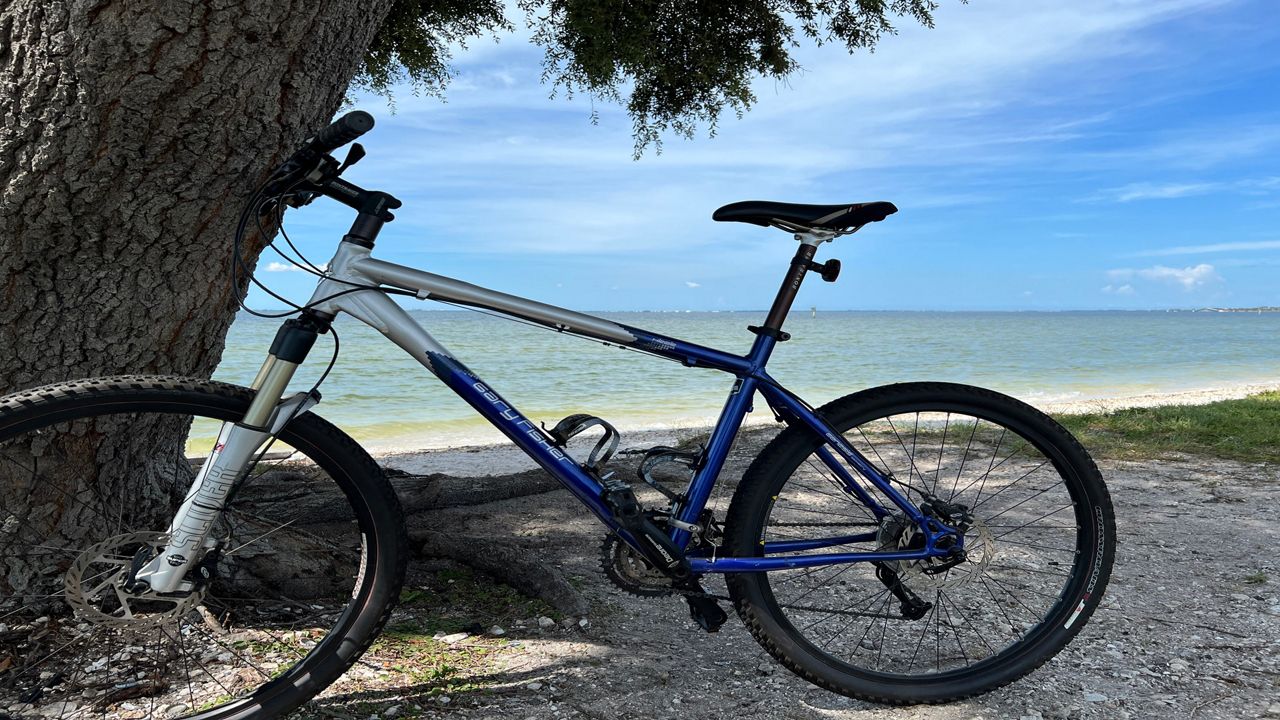The case of Gabby Petito has gotten news coverage worldwide, and while tragic, many are pointing to her to show the differences in coverage when it comes to a missing white women, compared to minorities.
What You Need To Know
- The disappearance of 22-year-old Gabby Petito has generated international coverage
- There are those who say there is a disparity between coverage of a case like Petito's and those of missing minority women
- Calling the phenomenon "missing white woman syndrome" researcher Zack Sommers said the differences are plain to see
Spectrum Bay News 9 examined the case of Keyonna Cole — a mother, sister and friend who has been missing since early 2019.
According to Hernando County detectives, in October of 2018 Cole, who was 5-months pregnant, was the victim of an attempted homicide. During the attack, she lost her unborn child.
She was set to meet with the state attorney’s office the on Feb. 11, 2019, about the domestic attack, but she disappeared the night before. Cole hasn’t been seen or heard from since.
Her case remains unsolved and is now considered a cold case.
Christina Voltaire’s family still has more questions than answers too.
According to Winter Haven Police, Voltaire was last seen at her apartment Jan. 8, 2011. She was reported missing by her estranged boyfriend’s brother. The detective on her case has retired and her disappearance remains unsolved.
If these cases don’t ring a bell, Natalie Wilson with the Black and Missing Foundation says that is no accident.
“This is an opportunity to consider the conversation that media coverage isn’t fair and that law enforcement doesn’t always assist with these cases," she said. "But we’re not picking on the media and law enforcement. I think all of us collectively, we have a role to play."
With her background in media relations and her sister-in-law’s background in law enforcement, they formed the Black and Missing Foundation in 2008.
“We decided to do some research to see if there’s an issue of missing persons of color getting media coverage, because we definitely did not see ourselves in the media when we’d go missing,” said Wilson.
The duo was motivated to start the foundation after watching two separate missing person’s cases in South Carolina. One case involved a missing white woman, the other a missing Black woman.
Wilson said each case was handled very differently, with little to no media coverage for the missing Black woman, and a media firestorm for the missing white woman.
It’s an observation that comes with some context if you read sociologist, Zack Sommers’ study called “Missing White Woman Syndrome: An Empirical Analysis of Race and Gender Disparities in Online News Coverage of Missing Persons.” The phrase, missing white woman syndrome was first coined by the late PBS Anchor, Gwen Ifill.
“It refers to the idea that when someone goes missing, the amount of news coverage that person receives, or if that person receives any news coverage at all, is basically tied up with their background and demographics,” Sommers said.
In his 2016 study, Sommers found significant disparities with Black missing persons cases. He found those disparities when examining which cases made news, and the differences when it comes to continuing coverage for Black victims when compared to their white counterparts.
“I found that people of color, specifically Blacks, were under represented when compared to their overall rates of missiningness per FBI statistics,” he said.
Sommers used numbers from the FBI and other sources to provide the data in his study.
So, what’s the reason for these findings? Sommers has a theory.
“I spent some time theorizing why that can be the case, and I think there are a couple reasons," he said. "I think, while there certainly is an interaction between the gender component and the racial component, I think the mechanisms at play might be a little bit different."
“One of the major reasons is that these types of stories fit into a common theme that we see in American culture and across both pop culture and news stories and it’s a damsel in distress," he said. "So it’s a girl or a woman that needs to be saved."
Since Petito's high profile disappearance, Sommers said he’s received calls from journalists around the world. He said most of them want to know more about the non-stop coverage of the case and his findings.
“Nobody is arguing that Gabby’s case is not worthy of attention," he said. "No one is saying that it’s a bad thing her case received coverage. We’re just saying we need to expand the pot.
"This shouldn’t be a case of Gabby getting coverage or the 74-year old Asian American man whose gone missing. It should be both.”
He said race plays a role in these kinds of cases.
“That might be that we associate certain communities, communities of color, we’re more ready and willing to perceive them with criminal behavior or criminal acts when maybe we don’t think it’s as noteworthy when, lets say, a 16-year-old young Black woman goes missing compared to someone like Gabby,” Sommers said.
As tragic as Petito's case is, both Sommers and Wilson said this case provided a moment of reflection for communities, the media and police. So the next time a Christina Volitare or Keyonna Cole goes missing, they will get the coverage and attention they deserve, the pair said.









